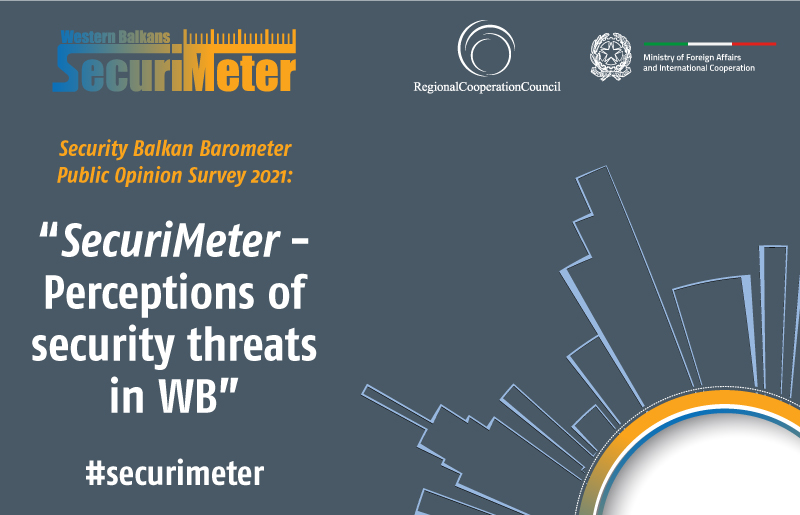- Home/
- News
New British Counterterror Law on Propaganda Will Backfire
Under a new proposed law in the United Kingdom (UK), clicking on terrorist propaganda even once could get you 15 years in prison. Journalists, academic researchers, or people who had “no reason to believe” they were accessing propaganda are exempt. Discretion will be exercised, and the law will help prosecute extremists in cases where other offences cannot be proven or to prevent radicalization.
There have been cases where suspects have become radicalised to the point of planning attacks, at least in part because of the volume and nature of terrorist material they are accessing online. A good example is the first London bridge terrorist attack and Khurram Butt, a terrorist who had watched terrorist propaganda online such as beheadings, torture, and sermons from Islamic hate preachers glorifying jihad. The lack of a law criminalising the possession of terrorist propaganda may sometimes prevent counterterrorism police from taking disruptive action.
My concern as a counterterrorism professional is that if this law is not well crafted and applied with pinpoint accuracy, it could target the most vulnerable individuals who need our help the most. The correct targets for this law are the terror masterminds, hate preachers, and recruiters who disseminate this vile ideology via online platforms.
Such laws have to be complimented with early intervention strategies such as using mothers who are trusted “anchors” within the family unit and are the first line of defence in our communities. They need to be trained in how to identify the early signs of extremist groups operating online and their attempts in trying to radicalise their children
Governments can also not have double standards when applying the law. This point is well lustrated by a recent study by the Henry Jackson society, which shows that Islamists convicted of online offences received prison sentences on average three times longer than their far-Right counterparts, who get just over 24 months. This has been attributed to the fact that the government has failed to ban all far-Right groups in the UK. National Action and its spin offs, Scottish Dawn and NS131, are the only neo-Nazi organisations proscribed as terrorist groups in the UK. Social media companies use a list of proscribed terror groups to take down terrorist propaganda content, but not every far-Right group is on this list, which makes monitoring for this harmful content that much more difficult. Social media companies have become increasingly adept at spotting jihadi symbols and language, but have progressed more slowly with the diverse range of indicators used by the far-Right. The far-Right argument that their “free speech” is being impinged by potential take downs has more purchase than the Islamist claim that their freedom of religion is being trampled, and the far-Right extremists are more adept at using coded language to evade automated flagging or removal programmes.
Social media companies are surely doing a better job now than several years ago in removing terrorist propaganda. Back in 2014, at the height of its reign of terror, ISIS brides frequently posted online, sharing their seemingly luxurious lives as part of the caliphate, uploading to Facebook and Instagram apparently without restriction. Now, there are some restrictions, but take the recent case of Shamima Begum. Housed in the notorious Al-Hawl refugee camp, Begum and her fellow ISIS brides appeared to have easy access to the internet, while still holding onto their extremist beliefs. One woman, claiming to be from the Netherlands, tells her story through a Facebook post as she explains how she saved enough cash to pay smugglers to free her from the “hands of oppression”. Many of the brides and widows were complain of appalling camp conditions — and soliciting cash donations, while reminiscing about their time as part of the terrorist group during the height of its power. Others were uploading shocking posts online showing their continued support for the caliphate and vowing to raise their children as jihadi fighters. A number of ISIS “influencers” continued to promote their various online accounts, asking people to follow them as they spread ISIS propaganda online. This was five years after the caliphate was established and after the caliphate itself had been demolished.
Another example of how ISIS is spreading its propaganda is the use of TikTok, the viral video app popular with teenagers. The videos, which were identified by storyful and first reported by The Wall Street Journal, were said to have been posted by around two-dozen accounts. They included footage of Islamic State fighters with guns, some clips were set against anthems (nasheeds) used by the group, others were overlaid with TikTok filters, and then there were gruesome clips of corpses being carried through streets. “Content promoting terrorist organisations has absolutely no place on TikTok”, the company said in a statement after the revelations. “We permanently ban any such accounts and associated devices as soon as identified and we continuously develop ever-stronger controls to proactively detect suspicious activity.” News that such footage was able to make it onto TikTok and be spread so far is likely to prompt concern, however, given the young age of many of its users. TikTok currently has more than four million users in the UK, most of them teenagers.
As you can see, extremist groups’ propaganda apparatuses will continue to play a game of “cat and mouse” with the various law enforcement and intelligence agencies. When one platform is shut down, the extremist groups will “pop up” on other social media platform to continue spreading their ideology.
If governments are going to criminalise the possession of terrorist propaganda, are social media companies going to be fully committed in removing any and all kinds of extremist content from the internet, bearing in mind that some of this terrorist propaganda may be up loaded in a different part of the world and legal jurisdiction, where the laws banning terrorist propaganda are weak and in some cases non-existent?
Failure to take onboard the pitfalls I have outlined in this article means that this law will backfire and push the most vulnerable individuals towards extremism, rather than providing a safe and sterile environment where they can discuss issues that they are curious about such as terrorism and ISIS. If such a space is not provided and people are forced to seek out the answers to these questions in unsafe environments, they will, and terrorist recruiters will capitalize. If these laws are not applied uniformly and fairly, this law will also create resentment within the Muslim community, validating the persecution narrative of the Islamist extremists.
Finally, revolutions are caused and sustained not by the direct actions of revolutionaries themselves but by the stupid reactions of governments and their security forces. Passing laws on terrorist propaganda that target the wrong people will only alienate the very communities that we need to engage with as key stakeholders in defeating extremism. This is where a delicate touch is required and not brute force against the population. Such a mistake has been made repeatedly by various countries around all the world — and extremist groups are waiting to capitalize on these blunders.
Nodin Muzee, an anti-terrorism specialist
Source: Link



 Development of specialized PCVE web site is funded by EU FUNDS CN 2017-386/831 - "IPA II 2016 Regional Action on P/CVE in the Western Balkans"
Development of specialized PCVE web site is funded by EU FUNDS CN 2017-386/831 - "IPA II 2016 Regional Action on P/CVE in the Western Balkans"